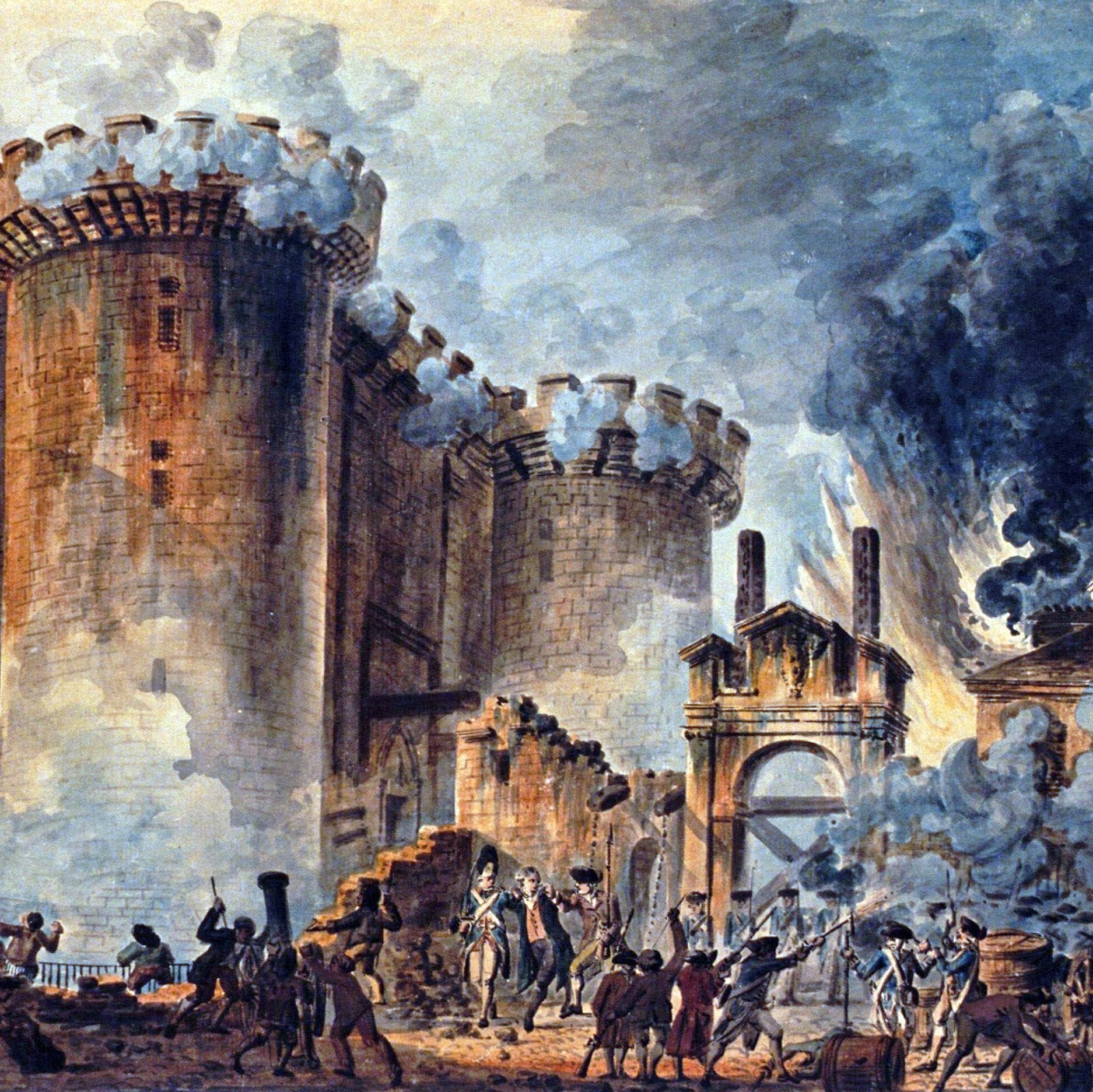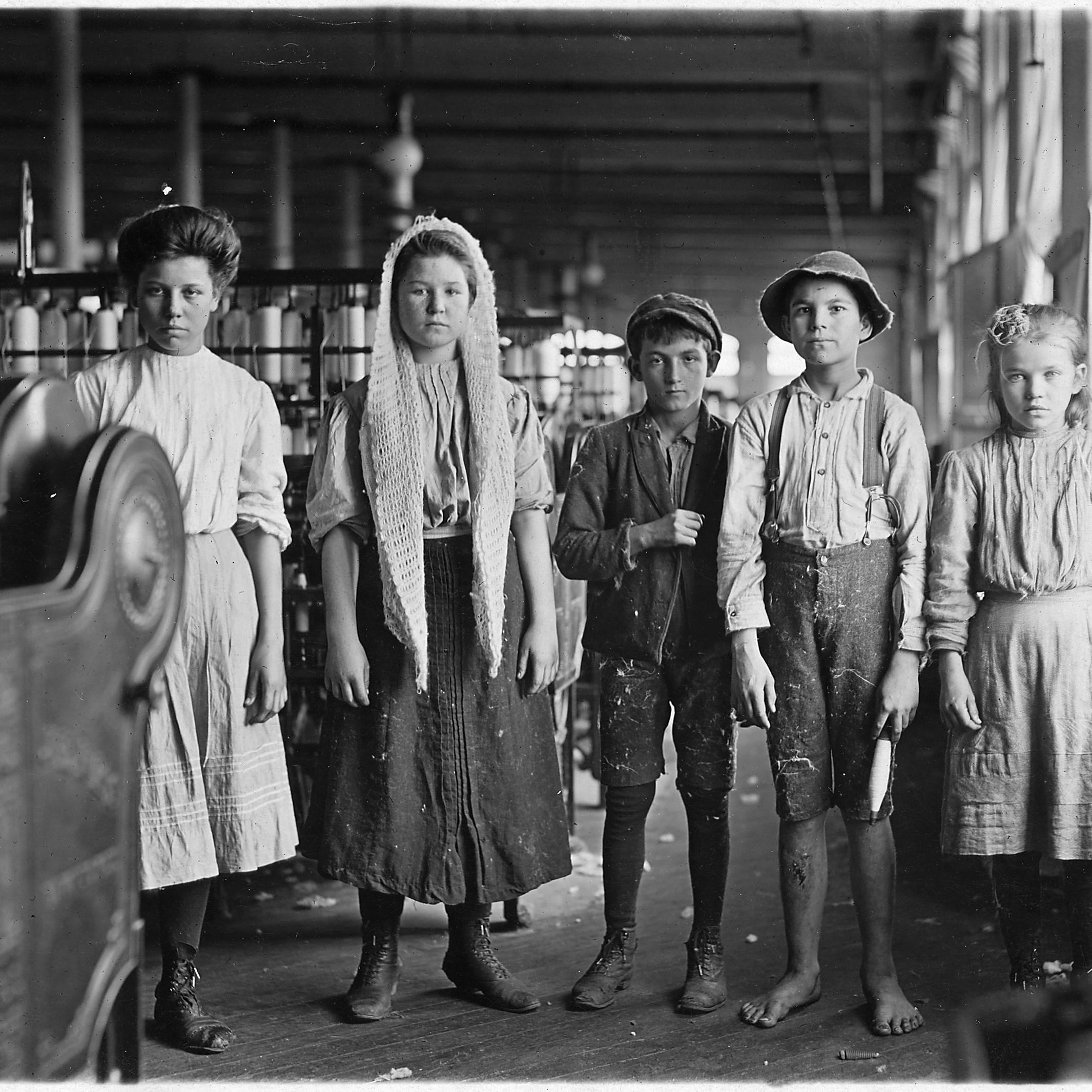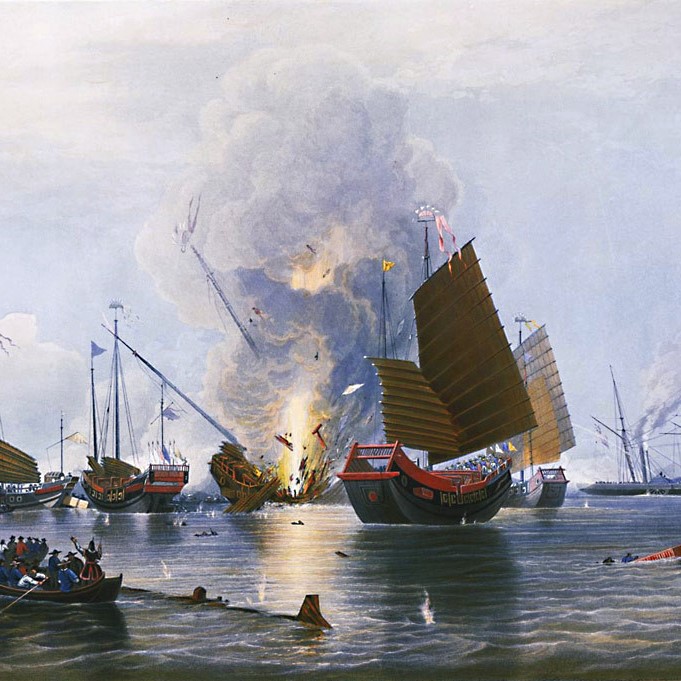Unit 4 World History
The Battle of the Pyramids by Louis-Francois Baron Lejeune. (Public Domain photo. Info can be found here)
Jose Rizal National Monument in Manilla. (Creative Commons Attribution photo. Info can be found here)
Unit 4
1750 CE – 1914 CE
Unit 4 covers the time period between the start of the age of revolutions in 1750 to the start of the first World War in 1914. While these dates seem largely based on European issues, the unit does cover the entire world as one that is more interconnected than it has ever been. The concepts that rise from the age of revolutions spread throughout the globe and lead to uprisings around the globe. These revolutions would shake the foundation of human society and set us on a path towards the modern world as we know it.
Unit Chapters
Choose from the list of Chapters below.

Chapter 11
This chapter covers the first two major revolutions of this era and how they were connected to the developments of the enlightenment. A brief overview of important enlightenment thinkers and their beliefs is followed by an introduction to the American and French Revolutions. The focus in both is on how impactful they were to the development of World History.

Chapter 14
This chapter covers the process known as imperialism, which would change the world in ways that are still being felt today. We cover the most well-known examples of imperialism and the immediate effects of that process. Due to the fact that it is hard to view this concept in positive terms, this chapter gets a little bit depressing. I do, however, take a break by giving the students a chance to have a debate over current school curriculum.

Chapter 12
This chapter covers the basics of economic history. We start with the rise of the industrial revolution and the advancements that are associated with this movement. After that we cover the economic philosophies of mercantilism, capitalism, communism, and socialism. All four ideas are covered by showing both the positive and negative outcomes of these concepts.

Chapter 15
This chapter covers the reactions to imperialism in Asia from the side of the people in that continent instead of covering it solely from the side of the West. It covers some of the issues that arise in the countries themselves as they are attempting to keep their own countries from the Europeans. A great deal of time is spent in explaining the issues in China and Korea in this time period as well as the far different reactions in Japan during this time.

Chapter 13
After the American and French Revolutions, many of the ideas that were prominent in those movements set off movements in other areas of the world. This chapter covers the rise of abolitionist movements and slave revolts around the world. A few major names in history are discussed in the process of explaining this and we cover some of the consequences of these movements.

